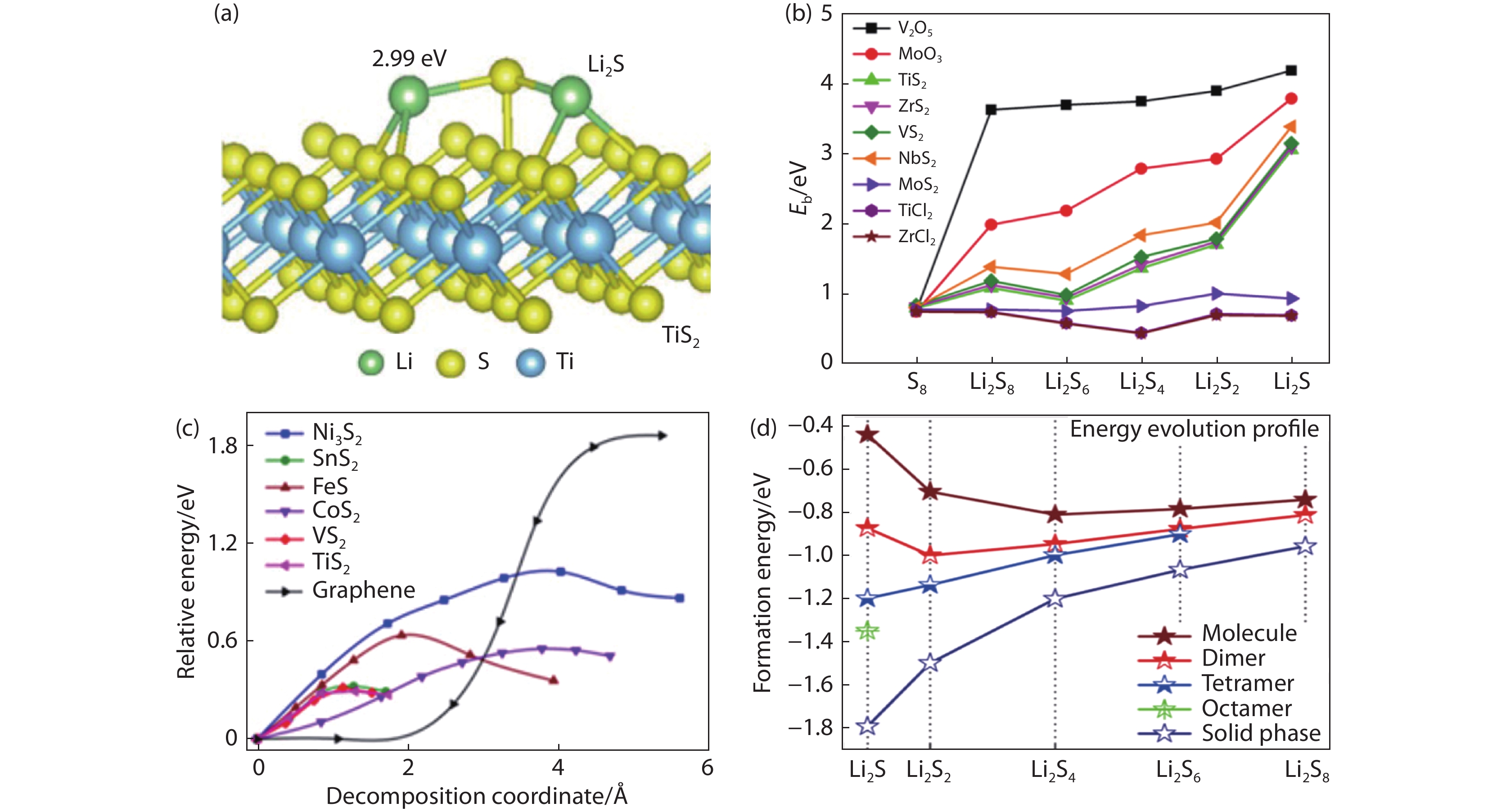| Citation: | Xiang Feng, Ruilin Dong, Tianshuai Wang, Qianfan Zhang. Ab-Initio Simulations Accelerate the Development of High-Performance Lithium-Sulfur Batteries. Materials Lab 2022, 1, 220031. doi: 10.54227/mlab.20220031 |
Ab-Initio Simulations Accelerate the Development of High-Performance Lithium-Sulfur Batteries
Published as part of the Virtual Special Issue “Beihang University at 70”
-
Abstract
Lithium-sulfur batteries (LSBs) are promising candidates for next-generation cost-effective and high-energy-density rechargeable batteries. However, cathodes, anodes, and electrolytes of LSBs all face multiple technological challenges. Nowadays, theoretical models play an increasingly important role in LSBs in probing highly catalytic cathodes, dendrite-free anodes, and stable electrolytes. In this perspective, first, the LSBs theoretical research projects our group participated in are reviewed, focusing on highlighting the interpretation and guidance of ab-initio simulations on experiments. Next, the prospect of combining automated workflow managers, machine learning techniques with ab-initio simulations is presented, hoping to introduce a new paradigm for LSBs research and development.
-

-
References
1. J. B. Goodenough and K. S. Park, J. Am. Chem. Soc., 2013, 135, 1167 2. P. G. Bruce, S. A. Freunberger, L. J. Hardwick and J. M. Tarascon, Nat. Mater., 2012, 11, 19 3. Z. W. Seh, Y. M. Sun, Q. F. Zhang and Y. Cui, Chem. Soc. Rev., 2016, 45, 5605 4. W. G. Lim, S. Kim, C. Jo and J. Lee, Angew. Chem. Int. Ed., 2019, 58, 18746 5. J. Liang, Z. H. Sun, F. Li and H. M. Cheng, Energy Storage Mater., 2016, 2, 76 6. X. L. Ji, K. T. Lee and L. F. Nazar, Nat. Mater., 2009, 8, 500 7. T. Z. Hou, X. Chen, H. J. Peng, J. Q. Huang, B. Q. Li, Q. Zhang and B. Li, Small, 2016, 12, 3283 8. X. Chen, H. J. Peng, R. Zhang, T. Z. Hou, J. Q. Huang, B. Li and Q. Zhang, ACS Energy Lett., 2017, 2, 795 9. Z. Lian, M. Yang, F. Jan and B. Li, J. Phys. Chem. Lett., 2021, 12, 7053 10. Z. W. Seh, J. H. Yu, W. Y. Li, P. C. Hsu, H. T. Wang, Y. M. Sun, H. B. Yao, Q. F. Zhang and Y. Cui, Nat. Commun., 2014, 5, 5017 11. Q. F. Zhang, Y. P. Wang, Z. W. Seh, Z. H. Fu, R. F. Zhang and Y. Cui, Nano Lett., 2015, 15, 3780 12. G. M. Zhou, H. Z. Tian, Y. Jin, X. Y. Tao, B. F. Liu, R. F. Zhang, Z. W. Seh, D. Zhuo, Y. Y. Liu, J. Sun, J. Zhao, C. X. Zu, D. S. Wu, Q. F. Zhang and Y. Cui, Proc. Natl. Acad. Sci. U. S. A., 2017, 114, 840 13. J. W. Xiao, G. M. Zhou, H. T. Chen, X. Feng, D. Legut, Y. C. Fan, T. S. Wang, Y. Cui and Q. F. Zhang, Nano Lett., 2019, 19, 7487 14. G. Y. Zheng, Q. F. Zhang, J. J. Cha, Y. Yang, W. Y. Li, Z. W. Seh and Y. Cui, Nano Lett., 2013, 13, 1265 15. Z. W. Seh, Q. F. Zhang, W. Y. Li, G. Y. Zheng, H. B. Yao and Y. Cui, Chem. Sci., 2013, 4, 3673 16. J. M. Zheng, J. Tian, D. X. Wu, M. Gu, W. Xu, C. M. Wang, F. Gao, M. H. Engelhard, J. G. Zhang, J. Liu and J. Xiao, Nano Lett., 2014, 14, 2345 17. W. Y. Li, Q. F. Zhang, G. Y. Zheng, Z. W. Seh, H. B. Yao and Y. Cui, Nano Lett., 2013, 13, 5534 18. Z. W. Seh, H. T. Wang, P. C. Hsu, Q. F. Zhang, W. Y. Li, G. Y. Zheng, H. B. Yao and Y. Cui, Energy Environ. Sci., 2014, 7, 672 19. H. T. Wang, Q. F. Zhang, H. B. Yao, Z. Liang, H. W. Lee, P. C. Hsu, G. Y. Zheng and Y. Cui, Nano Lett., 2014, 14, 7138 20. J. Yu, J. W. Xiao, A. R. Li, Z. Yang, L. Zeng, Q. F. Zhang, Y. J. Zhu and L. Guo, Angew. Chem. Int. Ed., 2020, 59, 13071 21. W. W. Yang, J. W. Xiao, Y. Ma, S. Q. Cui, P. Zhang, P. B. Zhai, L. J. Meng, X. G. Wang, Y. Wei, Z. G. Du, B. X. Li, Z. B. Sun, S. B. Yang, Q. F. Zhang and Y. J. Gong, Adv. Energy Mater., 2019, 9, 1803137 22. G. M. Zhou, S. Y. Wang, T. S. Wang, S. Z. Yang, B. Johannessen, H. Chen, C. W. Liu, Y. S. Ye, Y. C. Wu, Y. C. Peng, C. Liu, S. P. Jiang, Q. F. Zhang and Y. Cui, Nano Lett., 2020, 20, 1252 23. P. B. Zhai, T. S. Wang, W. W. Yang, S. Q. Cui, P. Zhang, A. M. Nie, Q. F. Zhang and Y. J. Gong, Adv. Energy Mater., 2019, 9, 1804019 24. T. S. Wang, P. B. Zhai, D. Legut, L. Wang, X. P. Liu, B. X. Li, C. X. Dong, Y. C. Fan, Y. J. Gong and Q. F. Zhang, Adv. Energy Mater., 2019, 9, 1804000 25. H. Z. Tian, Z. W. Seh, K. Yan, Z. H. Fu, P. Tang, Y. Y. Lu, R. F. Zhang, D. Legut, Y. Cui and Q. F. Zhang, Adv. Energy Mater., 2017, 7, 1602528 26. J. G. Zhu, P. K. Li, X. Chen, D. Legut, Y. C. Fan, R. F. Zhang, Y. Y. Lu, X. B. Cheng and Q. F. Zhang, Energy Storage Mater., 2019, 16, 426 27. X. Chen, X. R. Chen, T. Z. Hou, B. Q. Li, X. B. Cheng, R. Zhang and Q. Zhang, Sci. Adv., 2019, 5, eaau7728 28. X. X. Ma, X. Chen, Y. K. Bai, X. Shen, R. Zhang and Q. Zhang, Small, 2021, 17, 2007142 29. J. Y. Jiao, G. M. Lai, L. Zhao, J. Z. Lu, Q. D. Li, X. Q. Xu, Y. Jiang, Y. B. He, C. Y. Ouyang, F. Pan, H. Li and J. X. Zheng, Adv. Sci., 2022, 9, 2105574 30. N. N. Rajput, V. Murugesan, Y. Shin, K. S. Han, K. C. Lau, J. Z. Chen, J. Liu, L. A. Curtiss, K. T. Mueller and K. A. Persson, Chem. Mater., 2017, 29, 3375 31. E. P. Kamphaus and P. B. Balbuena, J. Phys. Chem. C, 2021, 125, 20157 32. X. Chen, T. Z. Hou, B. Li, C. Yan, L. Zhu, C. Guan, X. B. Cheng, H. J. Peng, J. Q. Huang and Q. Zhang, Energy Storage Mater., 2017, 8, 194 33. A. Jain, S. P. Ong, W. Chen, B. Medasani, X. H. Qu, M. Kocher, M. Brafman, G. Petretto, G. M. Rignanese, G. Hautier, D. Gunter and K. A. Persson, Concurr. Comput. Pract. Exp., 2015, 27, 5037 34. K. Mathew, J. H. Montoya, A. Faghaninia, S. Dwarakanath, M. Aykol, H. M. Tang, I. H. Chu, T. Smidt, B. Bocklund, M. Horton, J. Dagdelen, B. Wood, Z. K. Liu, J. Neaton, S. P. Ong, K. Persson and A. Jain, Comput. Mater. Sci., 2017, 139, 140 35. M. Uhrin, S. P. Huber, J. S. Yu, N. Marzari and G. Pizzi, Comput. Mater. Sci., 2021, 187, 110086 36. J. J. Mortensen, M. Gjerding and K. S. Thygesen, J. Open Source Softw., 2020, 5, 1844 37. C. W. Glass, A. R. Oganov and N. Hansen, Comput. Phys. Commun., 2006, 175, 713 38. Y. Wang, J. Lv, L. Zhu and Y. Ma, Phys. Rev. B, 2010, 82, 094116 39. X. Chen, X. Y. Liu, X. Shen and Q. Zhang, Angew. Chem. Int. Ed., 2021, 60, 24354 -
Rights and permissions
This is an open access article under the terms of the Creative Commons Attribution License, which permits use, distribution and reproduction in any medium, provided the original work is properly cited.
Information
Article Metrics
-
Figure 1.
Challenges of Li-S batteries and their possible solutions.
-
Figure 2.
Ab-initio simulations improving the performance and revealing the mechanisms of S cathodes. (a) The most stable configuration of a Li2S molecule adsorbed on a single layer of TiS2 with an adsorption energy of 2.99 eV.[10] Copyright 2014, Macmillan Publishers Limited. (b) Binding energies between Li2Sn (n = 1, 2, 4, 6, 8) and various 2D anchoring materials.[11] Copyright 2015, American Chemical Society. (c) Decomposition energy barriers of Li2S molecule on the surfaces of a series of MxSy.[12] Copyright 2017, National Academy of Sciences. (d) Formation energy evolution profile of Li2Sn (n = 1, 2, 4, 6, 8) from small molecules to large clusters and solid phases.[13] Copyright 2019, American Chemical Society.
-
Figure 3.
Ab-initio simulations assisted development of dendrite free Li anodes. (a) The configuration of Li adsorbed on SA metal-NG.[23] Copyright 2019, WILEY-VCH. (b) Distribution map of binding energies of Li on different adsorption sites of SA metal-NG.[23] Copyright 2019, WILEY-VCH. (c) Distribution map of binding energies of Li on different adsorption sites of SG.[24] Copyright 2019, WILEY-VCH. (d) Charge density difference of SG. Charge accumulation and loss are represented by violet and pink, respectively.[24] Copyright 2019, WILEY-VCH. (e) A dendrite free Li nucleation and plating process.[23] Copyright 2019, WILEY-VCH .

 Xiang Feng received his B.S. degree from Beihang University in 2019. He is currently pursuing a Ph.D. degree in Beihang University. His current research focuses on the theoretical simulation of functional materials for lithium-sulfur batteries under the supervision of Prof. Qianfan Zhang.
Xiang Feng received his B.S. degree from Beihang University in 2019. He is currently pursuing a Ph.D. degree in Beihang University. His current research focuses on the theoretical simulation of functional materials for lithium-sulfur batteries under the supervision of Prof. Qianfan Zhang. 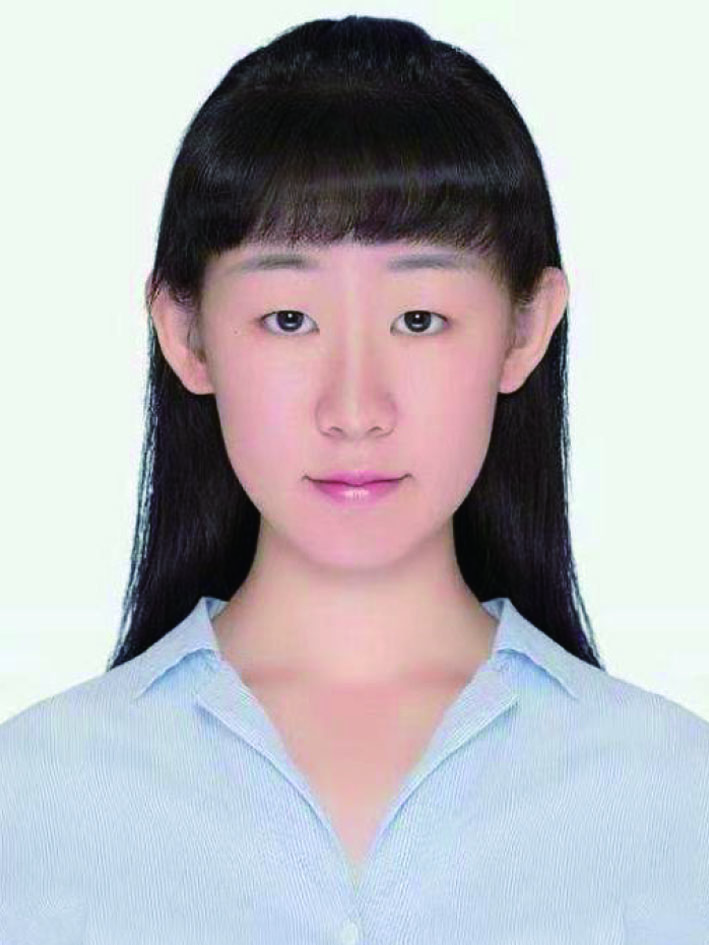 Rulin Dong is currently pursuing a M.E. degree in Beihang University. She studied materials science and engineering and obtained her B.S. degree at Beihang University in 2021. Her current research focuses on the theoretical simulation of solid electrolyte and electrode for lithium battery under the supervision of Prof. Qianfan Zhang.
Rulin Dong is currently pursuing a M.E. degree in Beihang University. She studied materials science and engineering and obtained her B.S. degree at Beihang University in 2021. Her current research focuses on the theoretical simulation of solid electrolyte and electrode for lithium battery under the supervision of Prof. Qianfan Zhang. 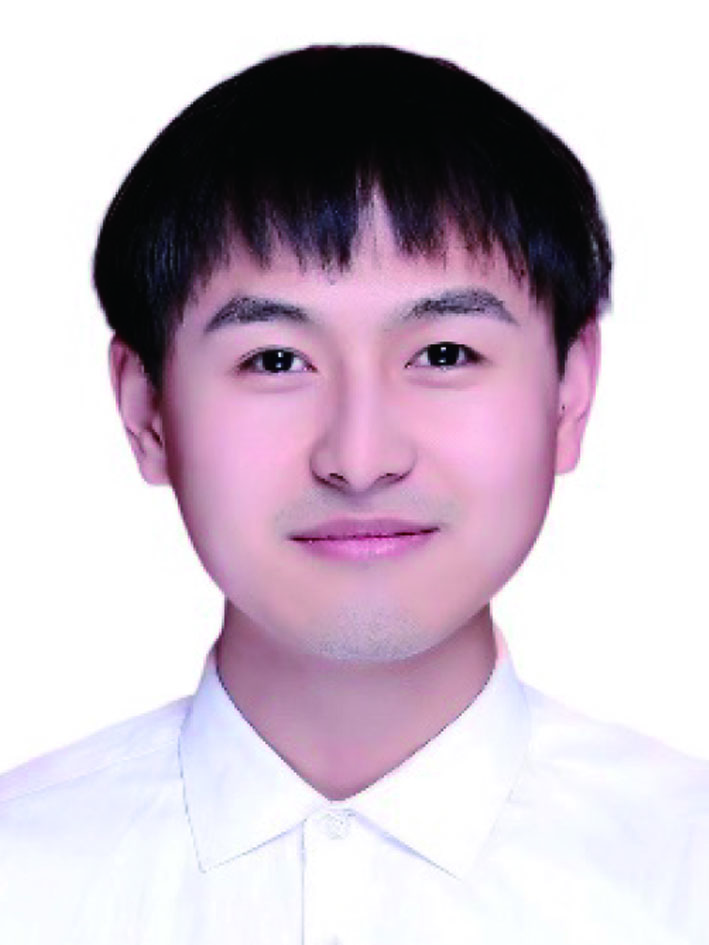 Tianshuai Wang received his Ph.D. degree from Beihang University in 2021. Currently, he is a postdoctoral fellow in the group of Prof. T. S. Zhao at HKUST. His current research focuses on the lithium metal batteries.
Tianshuai Wang received his Ph.D. degree from Beihang University in 2021. Currently, he is a postdoctoral fellow in the group of Prof. T. S. Zhao at HKUST. His current research focuses on the lithium metal batteries. 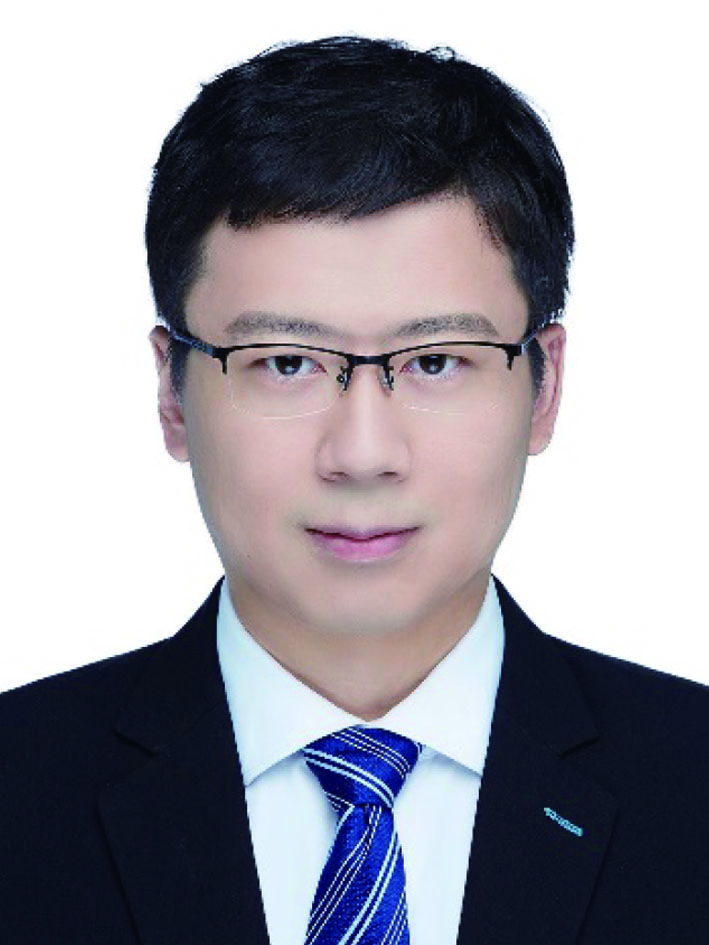 Qianfan Zhang joined Beihang University as a faculty member in 2013. He received his Ph.D. degree from the Institute of Physics, Chinese Academy of Sciences in 2010 (with Prof. Enge Wang) and went to Stanford University for his postdoctoral research from 2010 to 2012 (with Prof. Yi Cui). His research interests have focused on the theoretical design on lithium (sodium) battery electrode materials and two-dimensional materials.
Qianfan Zhang joined Beihang University as a faculty member in 2013. He received his Ph.D. degree from the Institute of Physics, Chinese Academy of Sciences in 2010 (with Prof. Enge Wang) and went to Stanford University for his postdoctoral research from 2010 to 2012 (with Prof. Yi Cui). His research interests have focused on the theoretical design on lithium (sodium) battery electrode materials and two-dimensional materials. 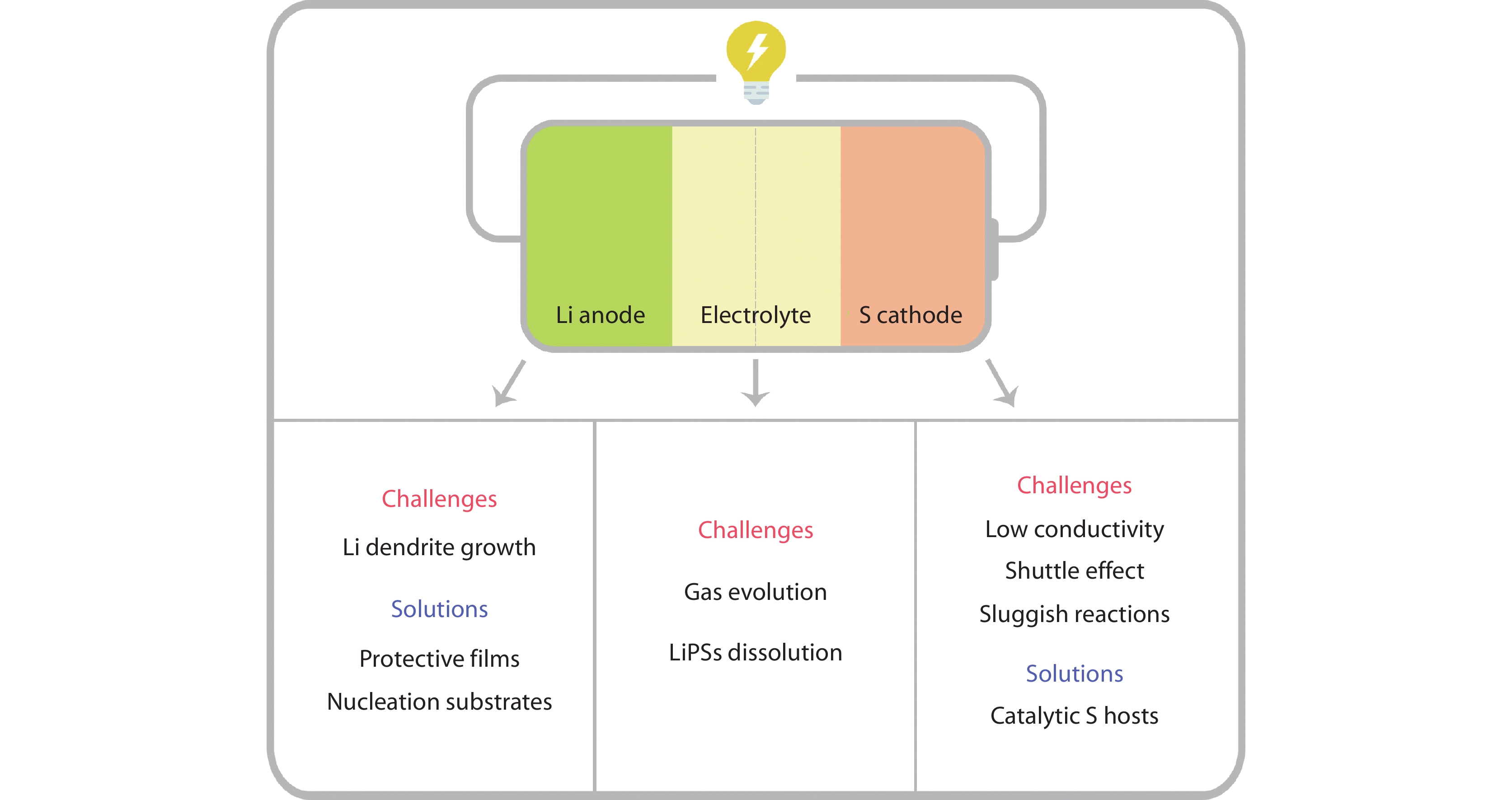
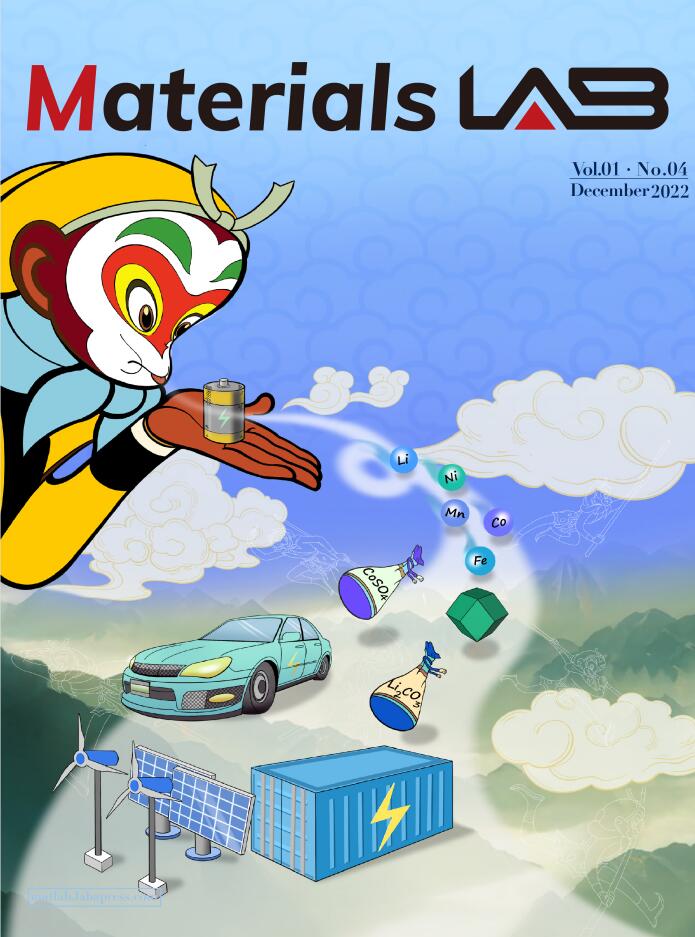
 DownLoad:
DownLoad:
